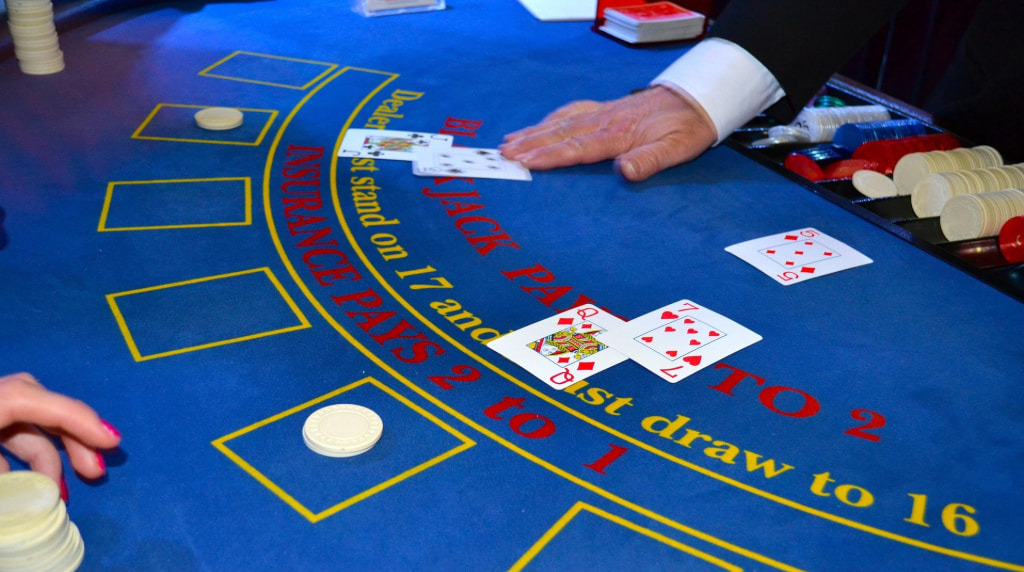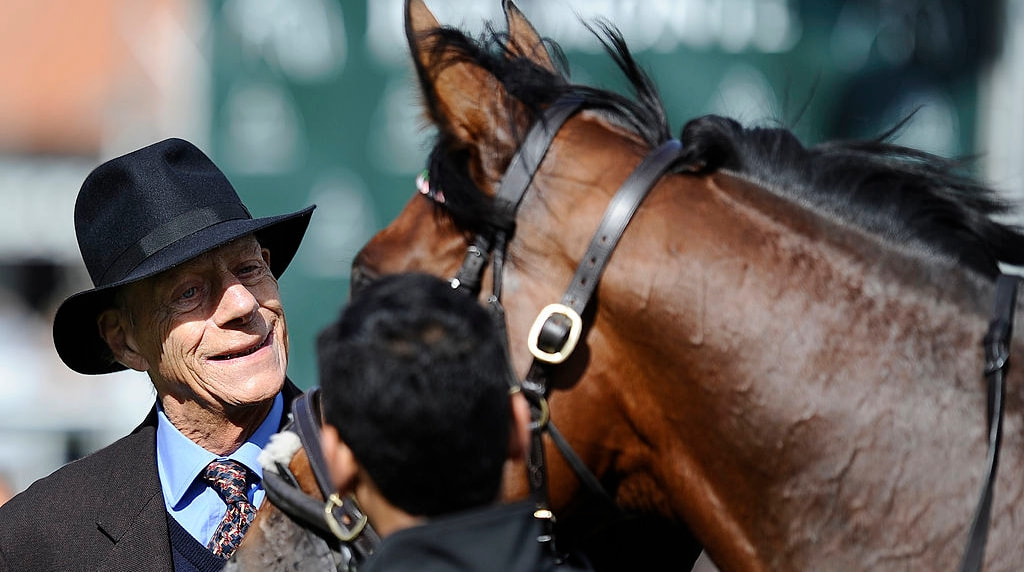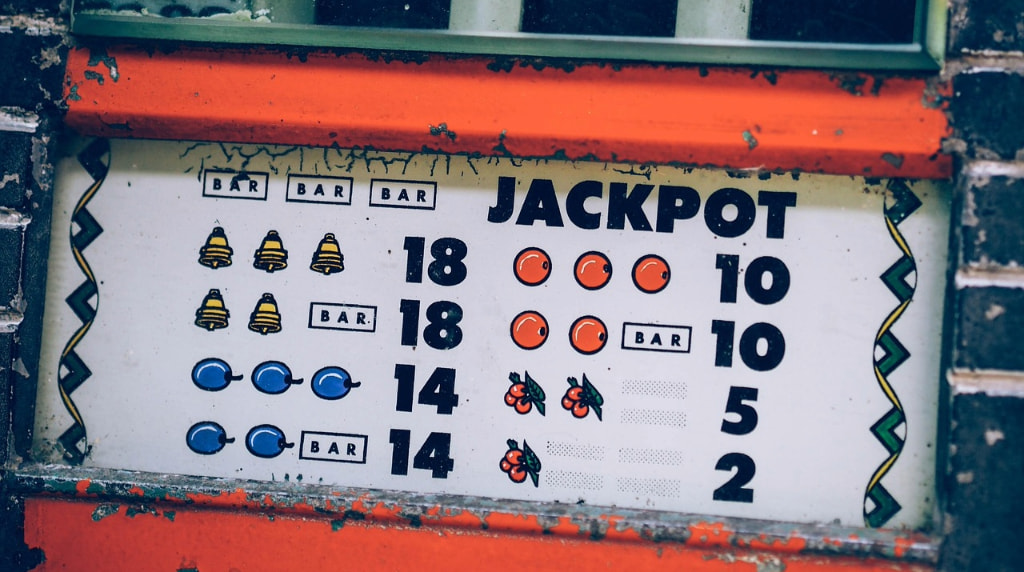Values of Cards in Blackjack – Which Ones Is Best to Have?
Blackjack is one of the most commonly played casino games. It pits you against the dealer, and your aim is to beat the dealer to 21 but without going over that number. Understanding card values is important if you’re going to stand a chance of winning.

From deuce to ace, each card from the deck has a value in blackjack. © englishlikeanative, Pixabay
An Overview of Blackjack
In blackjack, both you and the dealer are trying to get a hand of cards worth 21, or as close to that number as possible. The game starts with both you and the dealer receiving two cards.
You go first, and you get to decide what to do with your hand. There are several options available, and what you choose depends on the cards you have and whatever strategy you want to use.
Once you’re done, the dealer takes their turn. They don’t get to make their own decisions, as they have to follow a particular set of rules (these vary slightly depending on the version of blackjack being played).
Since you have to make decisions about your hand, understanding the way blackjack works is key. It’s also important that you understand blackjack card values, as these have a significant effect on the game.
Card Values in Blackjack
So what are the card values in blackjack? The game typically uses one to eight standard decks of 52 cards. These include all the cards without the jokers.
Like other casino games, blackjack has quite a few variants that come with slight rule changes and/or extra features, such as optional side bets. Across all of these, the card values are the same.
This means that you don’t have to worry about cards being worth different amounts from one game to the next. The values of the cards are one of the few things about blackjack that never change.
The cards 2-10 are worth their face value, so a 2 is worth 2 and so on. The cards J, Q and K are all worth 10, meaning there are four cards in total (10, J, Q and K) worth 10.
Then there’s the ace. This is where things get interesting because the ace can be worth one of two values: 1 or 11. Its value depends on what other cards you have.
The Role of the Ace
The ace’s two values of 1 and 11 have a total difference of 10, which is quite a lot considering blackjack is all about getting to 21, and you lose if you go over 21.
Generally speaking, the ace will be worth 11 unless valuing it at 11 means you’ve gone over 21. If this should happen, you would value the ace at 1 instead.
Let’s say you have an 8 and 7. You hit and the card you receive is an ace. If this was worth 11, your hand would have a total value of 26, which would make you lose.
However, you could value the ace as 1, in which case your hand would be worth 16. You would still be in the game and could even risk taking another card, though that would be your decision to make.
To give another example, at the start of a game, you receive a J and ace. The J is worth 10 and if you value the ace as 1, your hand would be worth 11.
But, if you value the ace as 11, your hand would be worth 21. If your first two cards are worth 21, you win, provided the dealer’s first two cards don’t reach 21.
What About the Dealer?
The card values in blackjack are the same for both the player and the dealer. As previously mentioned, the dealer doesn’t get to decide what to do with their hand and has to follow a set rules.
In most blackjack games, one of the dealer’s cards is dealt face-down. When it’s the dealer’s turn, they reveal this card and act depending on the value of their two cards.
If the dealer’s hand is worth 16 or less, they must hit and receive another card. For a hand worth 18 or more, they stand and receive no more cards.
If it’s worth exactly 17, what they do depends on whether their hand includes an ace or not. This is where the terms’ soft’ and ‘hard’ come in’.
A soft 17 is a hand worth 17 and contains an ace that can be worth 1 or 11. As for a hard 17, it’s a hand worth 17 that doesn’t contain an ace.
Standard blackjack rules dictate that if the dealer has a soft 17, they must hit and receive another card. If it’s a hard 17, the dealer must stand and end their turn.
Note that in some blackjack games, the dealer has to stand on a soft 17. This is important because it increases the RTP (average, long-term payout rate) by 0.2%.
At the best online blackjack casinos, you’ll find lots of versions of the game. Before playing one, check the rules to find out whether the dealer stands or hits on a soft 17.
Splitting
Splitting is where you have two cards in your hand worth the same amount and you split them to create two hands. Each of these receives a new card.
To split, you have to place a bet equal in size to your first one. There are usually restrictions of some kind on splitting aces, and these vary depending on the version of blackjack you’re playing.
For example, most games let you receive just one card per split hand. Also, if one of your hands is an ace and a card worth 10, this doesn’t count as blackjack.
In other words, it doesn’t qualify for the bonus payout of 3:2. If you win with a split hand worth 21 (an ace and a card worth 10), you would receive the standard 1:1 payout.
Play Free Blackjack
The ace is different from other cards in blackjack in that it can have one of two values. However, it’s not complicated since you can switch to the lowest value, 1, to avoid going over 21.
If you want to play blackjack and see how the ace works for yourself, it’s best to play free versions of the game first. Most casino sites let you play demo blackjack games without paying.
With demo play, you can practise as much as you like without paying. This is ideal for beginners or anyone who wants to get used to using strategies such as the basic blackjack strategy.
This tells you what the best move is, statistically speaking, based on your two cards and the dealer’s face-up card. It takes into account aces and their different values, so you don’t have to worry about the card yourself.



